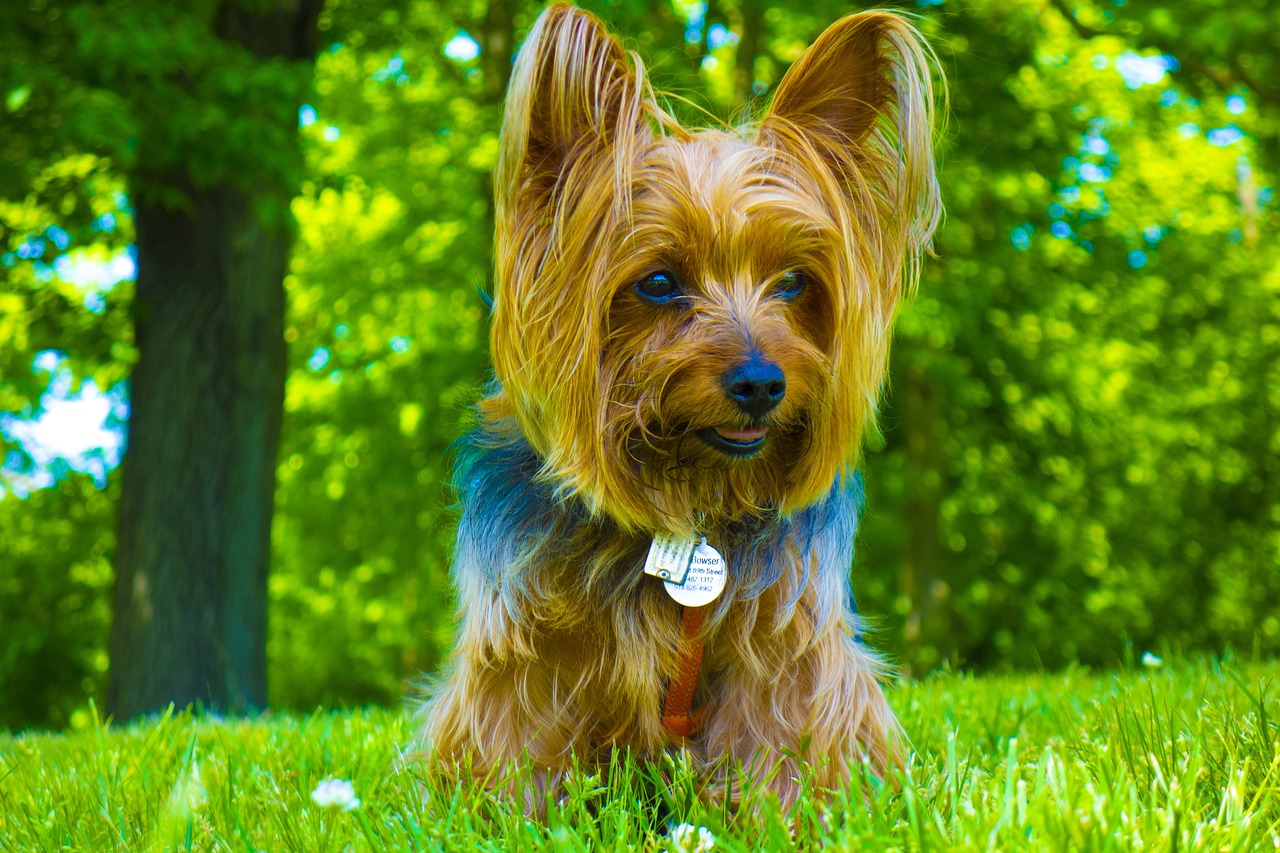Do you want to know if your dog is happy? You are in the right place. I will share 10 signs that indicate your dog is truly happy.
The main aim of this post is to ensure you are well-equipped with the knowledge to understand your dog’s happiness cues. This allows you to cater to their emotional needs and deepen your bond.
You might already recognize when your dog is anxious, desiring attention, or even frustrated. But what about happiness? That joyful emotion that we all want our furry companions to experience.
Let us look at some of the signs that indicate happiness.
10 Signs Your Dog Is Truly Happy
Here are the different signs:
1) Wagging Tail
The most common sign of a happy dog is a wagging tail. A wagging tail usually conveys excitement, enthusiasm, or happiness. Observing the entire body language and the tail wagging is essential to get a clearer picture. Sometimes, tail movement can signify other emotions like agitation or insecurity.
2) Relaxed Body Language
When a dog is happy, its body language is relaxed and at ease. The muscles are not tense, and the dog often seems to be ‘going with the flow.’ A relaxed posture indicates that the dog is comfortable in its environment. This is a good sign of happiness.
3) Bright, Shiny Eyes
Eyes can reveal how your dog is feeling. If your dog’s eyes are bright, shiny, and alert, it indicates well-being and happiness.
4) Playful Behavior
A playful dog is a happy dog. Whether your pooch loves chasing after a ball or wrestling with you, these activities serve as critical emotional outlets. Frequent bursts of playfulness show that your dog is stimulated and engaged, which leads to happiness.
5) Healthy Appetite
A healthy appetite is another sign your dog is truly happy and content. However, sudden changes in appetite indicate other issues, such as stress or illness. But if your dog consistently eats well and relishes mealtime, that’s a good sign of happiness.
6)Enjoying Walks and Outdoor Time
If your dog gets excited every time you pick up the leash or seems eager to explore the outdoors, they are likely happy. This is because dogs love to explore the outdoors. This is because they get a chance to discover new scents, sights, and sounds, which act as mental stimulation.
7) Leaning Into Touches and Cuddles
Most happy dogs enjoy being touched, hugged, or petted. If your dog leans into your hand when you’re petting him or seems to seek out cuddles and affection, you’ve got yourself a happy dog.
8) Listening and Following Commands
A happy dog is usually well-engaged with its owner and more likely to listen to commands. Training your dog not only instills discipline but also serves as mental stimulation. If your dog follows your commands willingly and without hesitation, they likely feel secure and happy in your relationship.
9) Positive Vocalizations
Dogs have different ways to vocalize their feelings. Happy sounds include contented sighs, excited barks, or even playful growls. However, vocalizations differ from dog to dog, but positive sounds indicate a cheerful pup.
10) Regular Sleep Patterns
Dogs require a significant amount of sleep, ranging from 12 to 14 hours per day (for adult dogs). Consistent, peaceful sleeping habits often indicate a happy and healthy dog. Irregular or excessive sleep patterns could indicate stress, discomfort, or illness.
How To Ensure Your Dog Remains Happy
Making your dog happy involves a combination of exercise, mental stimulation, social interaction, and a healthy diet. Ensuring your dog is happy will reduce anxiety and stress.
In addition, a happy dog is more likely to interact socially. This improves your relationship with them and simplifies training or addressing behavioral issues.
Here are some tips on how to ensure your dog remains happy.
Regular exercise (Walks, runs, and playtime)
Regular vet visits for vaccinations and preventative medicines for fleas and ticks.
Regular baths, nail trims, and brushing
Praise and treats to reinforce good behavior
Exposure to new people, animals, and environments
Buying toys like chew toys, squeakers, or puzzle feeders
Training basic commands or advanced tricks
Explore new places because dogs love to explore new smells, sights, and experiences
Conclusion
In this article, I have explored various indicators that will help you gauge the happiness of your furry friend. From physical signs like tail wagging and relaxed ears to behavioral cues such as high energy levels and playfulness, each detail can be a window into your dog’s emotional state.
I have also touched on vocal signs and social indicators that provide additional clues about how your dog is feeling. However, older dogs and those with medical conditions display happiness differently.
I hope this post helped you to learn how to make your dog happy.






